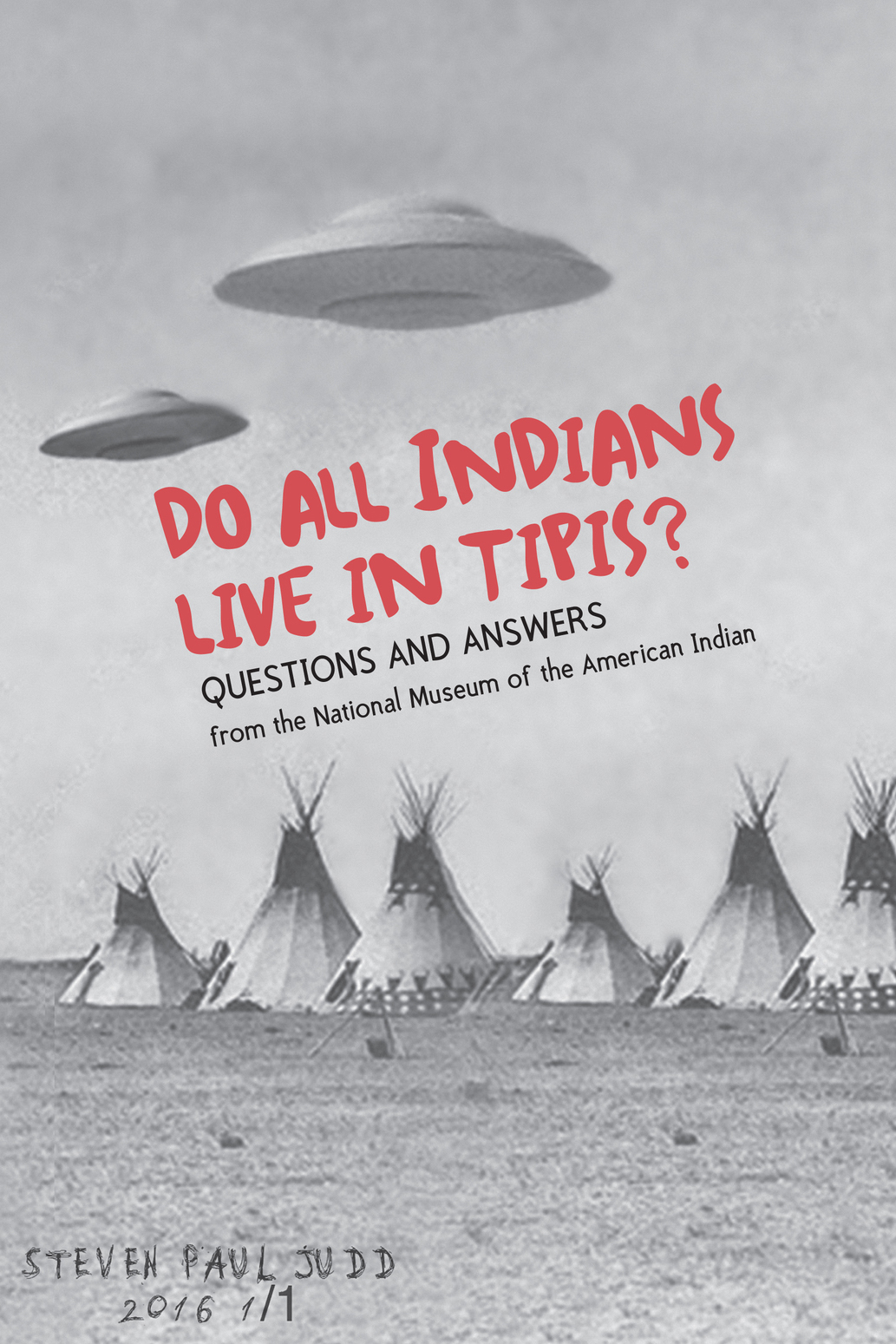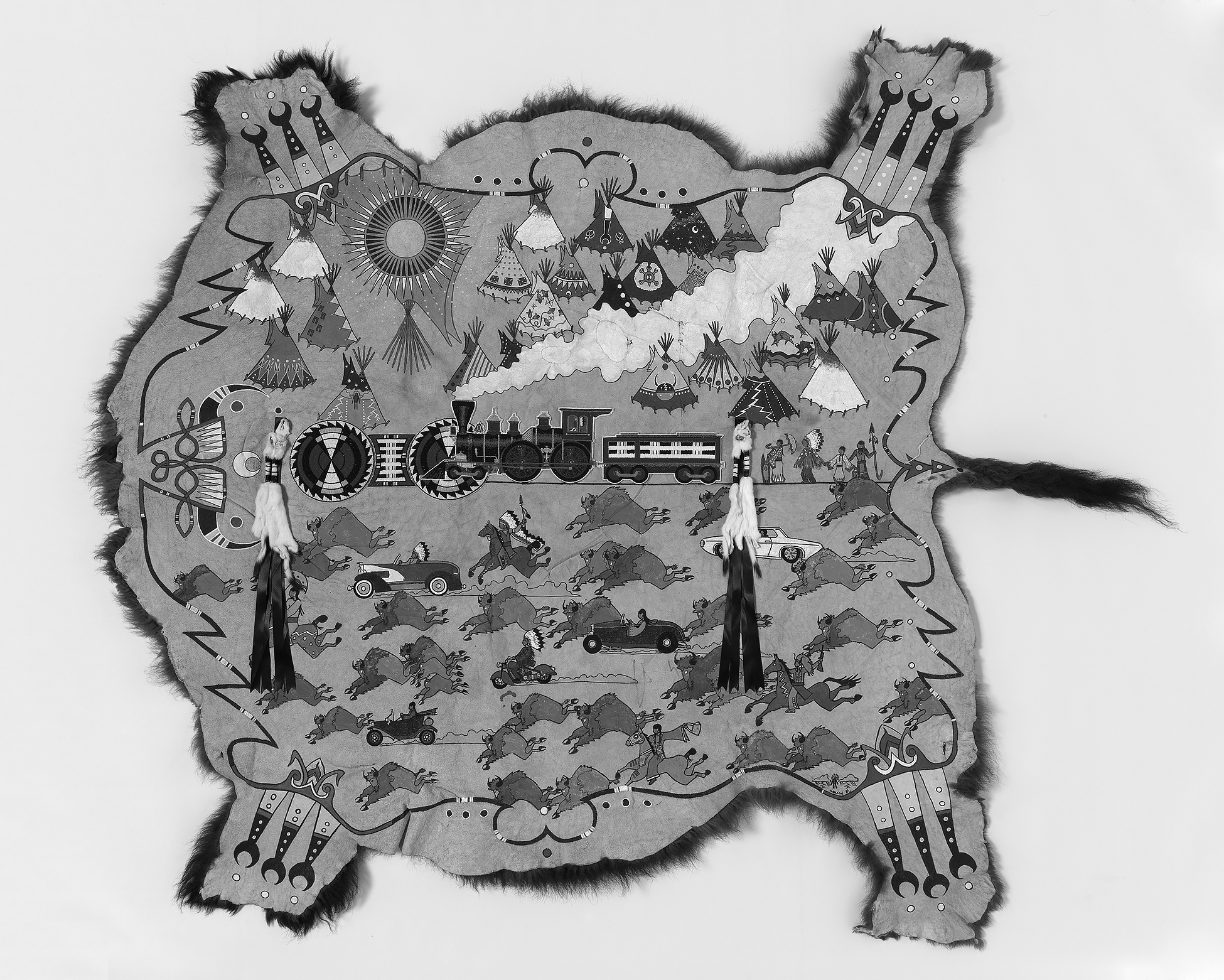Contents
Copyright 2018 Smithsonian Institution.
All rights reserved. No part of this book may be used or reproduced or utilized in any form or by any means, electronic or mechanical, including photocopying, recording, or by any information storage and retrieval system, except in the case of brief quotations embodied in critical articles and reviews, without permission in writing from the publisher.
This book may be purchased for educational, business, or sales promotional use. For information, please write: Special Markets Department, Smithsonian Books, P. O. Box 37012, MRC 513, Washington, DC 20013
The National Museum of the American Indian (NMAI) is committed to advancing knowledge and understanding of the Native cultures of the Western Hemispherepast, present, and futurethrough partnership with Native people and others. The museum works to support the continuance of culture, traditional values, and transitions in contemporary Native life.
For information about the Smithsonians National Museum of the American Indian, visit the NMAI website at www.AmericanIndian.si.edu. To support the museum by becoming a member, call 1-800-242-NMAI (6624) or click on Support on the website.
Director: Kevin Gover (Pawnee)
Associate Director for Museum Research and Scholarship: David W. Penney
Publications Manager: Tanya Thrasher (Cherokee Nation)
Assistant Publications Manager: Ann Kawasaki
Project Editor: Arwen Nuttall (Cherokee ancestry)
Editorial, Permissions, and Research Assistance: Sally Barrows, Christine G. Gordon, Alexandra Harris (Cherokee ancestry), Wendy Hurlock-Baker, Fernanda Luppani, Bethany Montagano
Design: Julie Allred/BW&A Books, Steve Bell
Published by Smithsonian Books
Director: Carolyn Gleason
Senior Editor: Christina Wiginton
Editorial Assistant: Jaime Schwender
SECOND EDITION
Library of Congress Cataloging-in-Publication Data
Names: National Museum of the American Indian (U.S.), issuing body.
Title: Do all Indians live in tipis? : questions and answers from the National Museum of the American Indian / by Smithsonian National Museum of the American Indian ; foreword: Kevin Gover, Director of the National Museum of the American Indian, introduction to first edition: Wilma Mankiller, Former Principal Chief, Cherokee Nation of Oklahoma.
Description: Revised edition. | Washington, D.C. : Smithsonian National Museum of the American Indian, [2017] | Includes bibliographical references.
Identifiers: LCCN 2017045193 (print) | LCCN 2018002669 (ebook) | ISBN 9781588346209 (e-book) | ISBN 9781588346193 | ISBN 9781588346193(pbk.)
Subjects: LCSH: Indians of North AmericaStudy and teaching. | Indians of North AmericaPublic opinion. | Indians of North AmericaSocial life and customs. | Indians in popular cultureNorth America. | Public opinionNorth America. | Questions and answers. | Stereotypes (Social psychology)North America.
Classification: LCC E76.6 (ebook) | LCC E76.6 .D6 2017 (print) | DDC 970.004/97dc23
LC record available at https://lccn.loc.gov/2017045193
Ebook ISBN9781588346209
Three Native artists featured in this book use todays media to tell their stories, equal parts unexpected, educational, and entertaining:
COVER: According to Northern Arapaho/Seneca artist Dallin Maybee, his 2013 work Conductors of Our Own Destiny reflects my personal perception of the evolution of Native traditional and contemporary art forms. I have always felt that one of the strengths of our culture has been our ability to adapt to and evolve in an ever-changing technological landscape. Our art has reflected that evolution.
TITLE PAGE: Through his pop art satire, Steven Paul Judd (Kiowa) wanted to make art geared toward Native peoples but that anyone can also learn from it, starting from a humorous point. The Summer They Visited, 2014. Photoshop.
The questions in this book originated for the most part in letters, emails, phone calls, and in-person visits from the public to the learning center at the George Gustav Heye Center, the New York branch of the National Museum of the American Indian, and to our agship museum in Washington, D.C. Special recognition goes to the museums esteemed Cultural Interpreter staff, whose expertise working with our audiences contributed directly to the revised set of questions in this edition.
CONTRIBUTORS FROM THE NATIONAL MUSEUM OF THE AMERICAN INDIAN
Mary Ahenakew (Cherokee/Piscataway-Conoy)
Stephanie Betancourt (Seneca)
Jennifer Erdrich (Turtle Mountain Chippewa ancestry)
Alexandra Harris (Cherokee ancestry)
Liz Hill (Red Lake Band of Ojibwe)
Nema Magovern (Osage)
Bethany Montagano
Rico Newman (Piscataway/Conoy)
Arwen Nuttall (Cherokee ancestry)
Edwin Schupman (Muscogee)
Georgetta Stonefish Ryan (Delaware)
Tanya Thrasher (Cherokee Nation of Oklahoma)
Sincere appreciation also goes to the museums photographers and staff for their contributions: Katherine Fogden (Mohawk), Cindy Frankenburg, Ernest Amoroso, Walter Larrimore, R. A. Whiteside, Doug McMains, and Hayes P. Lavis. All photos are by museum staff unless otherwise indicated.
Special thanks to Ellen Jamieson, whose long experience at the museums learning center and extensive research into Native cultures has greatly contributed to our collective knowledge.
To Dr. Helen Maynor Scheirbeck (Lumbee),
whose lifelong commitment to creating
educational opportunities for Native people
is matched only by her dedication to educating
all Americans about Native cultures.
CONTENTS
Dallin Maybee (Northern Arapaho/Seneca), Conductors of Our Own Destiny, 2013. Commercial-tanned bison hide, cut-glass beads, glass seed beads, gold beads, steel beads, copper beads, ermines, Swarovski crystals, acrylic paint, ink, brass bells. (26/9328)
FOREWORD
As the first residents of the Americas, Native peoples have a unique understanding of the shared responsibility and stewardship of their own traditions as well as a respect for others. The National Museum of the American Indian (NMAI) has always served as a platform for Native peoples, cultures, and traditions, especially as they merge with one another in our contemporary experience.
Often edgy and always surprising, the work of three Native artists featured on this books front and back covers and title pageall shown in recent NMAI programs, exhibitions, or publicationsshow how Indigenous people are always forging new paths for sharing their history. As you may not know, American Indian images, words, and stories infuse our lives today, and many students are unaware that Native people have actively shaped the history, pop culture, and identity of the United States and well beyond.











